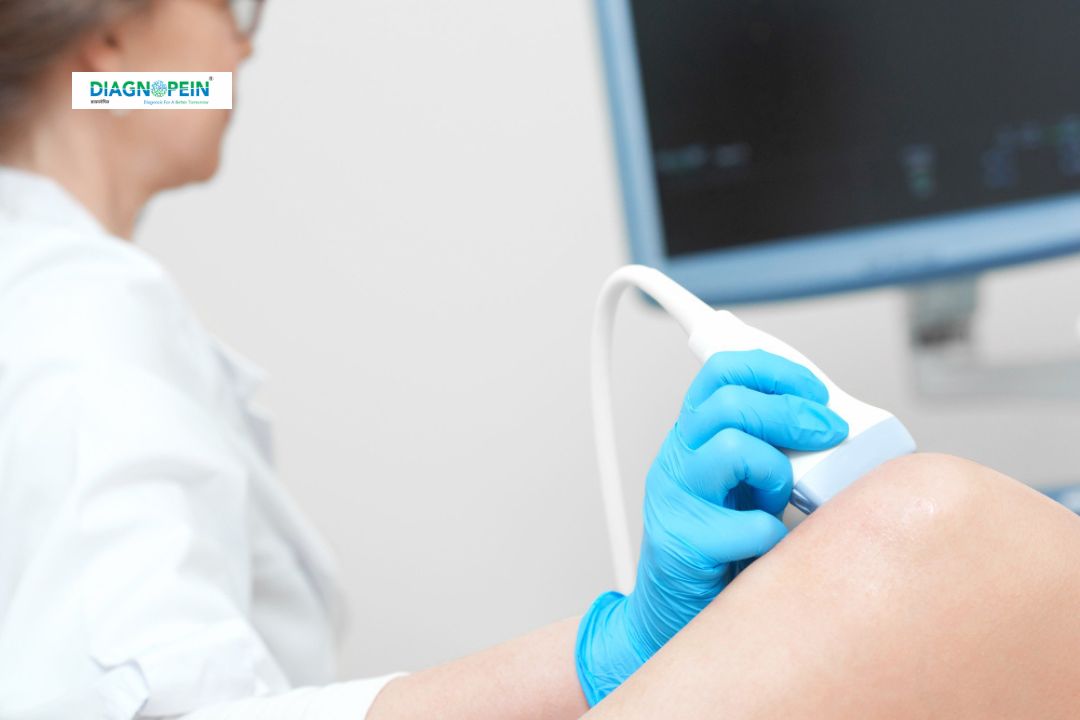Why USG Both Leg Doppler Artery & Venous Is Important
This test is recommended to evaluate symptoms like leg pain, swelling, numbness, or discoloration. A USG Both Leg Doppler Artery & Venous scan can detect problems in both arteries and veins simultaneously, helping your doctor diagnose circulation disorders early. It ensures prompt treatment planning and reduces the risk of complications such as ulcers, blood clots, or gangrene.
Doctors also suggest this scan for monitoring patients with diabetes, hypertension, high cholesterol, or atherosclerosis. Regular evaluation through leg Doppler ultrasound helps assess blood flow recovery after surgeries or vascular interventions.
Benefits of USG Both Leg Doppler Artery & Venous
The USG Both Leg Doppler Artery & Venous scan offers several advantages for patients and clinicians alike.
-
It is a safe, painless, and radiation-free procedure.
-
Provides real-time visualization of blood flow and vessel condition.
-
Helps detect early vascular abnormalities for timely medical action.
-
Useful for post-treatment monitoring and assessing therapy results.
-
No special preparation or fasting required.
Because the USG Doppler test does not involve contrast agents, it is suitable for most patients, including those with kidney issues or allergies to dye-based tests.
4. How USG Both Leg Doppler Artery & Venous Test Is Done
The USG Both Leg Doppler Artery & Venous test usually takes 30–45 minutes. The patient lies comfortably while a sonographer applies gel on both legs. A Doppler probe (transducer) is moved along the skin surface to capture blood flow images and sound waves. The system measures the velocity and direction of blood flow in various arteries (like femoral, popliteal, anterior and posterior tibial arteries) and veins (such as deep, superficial, and perforator veins).
The report helps doctors pinpoint the exact location and severity of any obstruction or reflux. Results are typically available on the same day, allowing for quick medical evaluation.
Parameters Assessed:
-
Arterial flow velocity
-
Venous reflux or thrombosis
-
Vessel wall thickness
-
Blockage or narrowing (stenosis)
-
Flow direction and waveform pattern
5. When to Book USG Both Leg Doppler Artery & Venous Test
You should book the USG Both Leg Doppler Artery & Venous test if you experience persistent leg pain, numbness, swelling, skin color change, or non-healing wounds. It is also essential for people with a family history of vascular disease or those who smoke regularly. Early screening ensures better outcomes and prevents complications.
You can schedule your USG Both Leg Doppler Artery & Venous in Karad easily through our diagnostic booking team for same-day appointments and expert radiologist reports.









